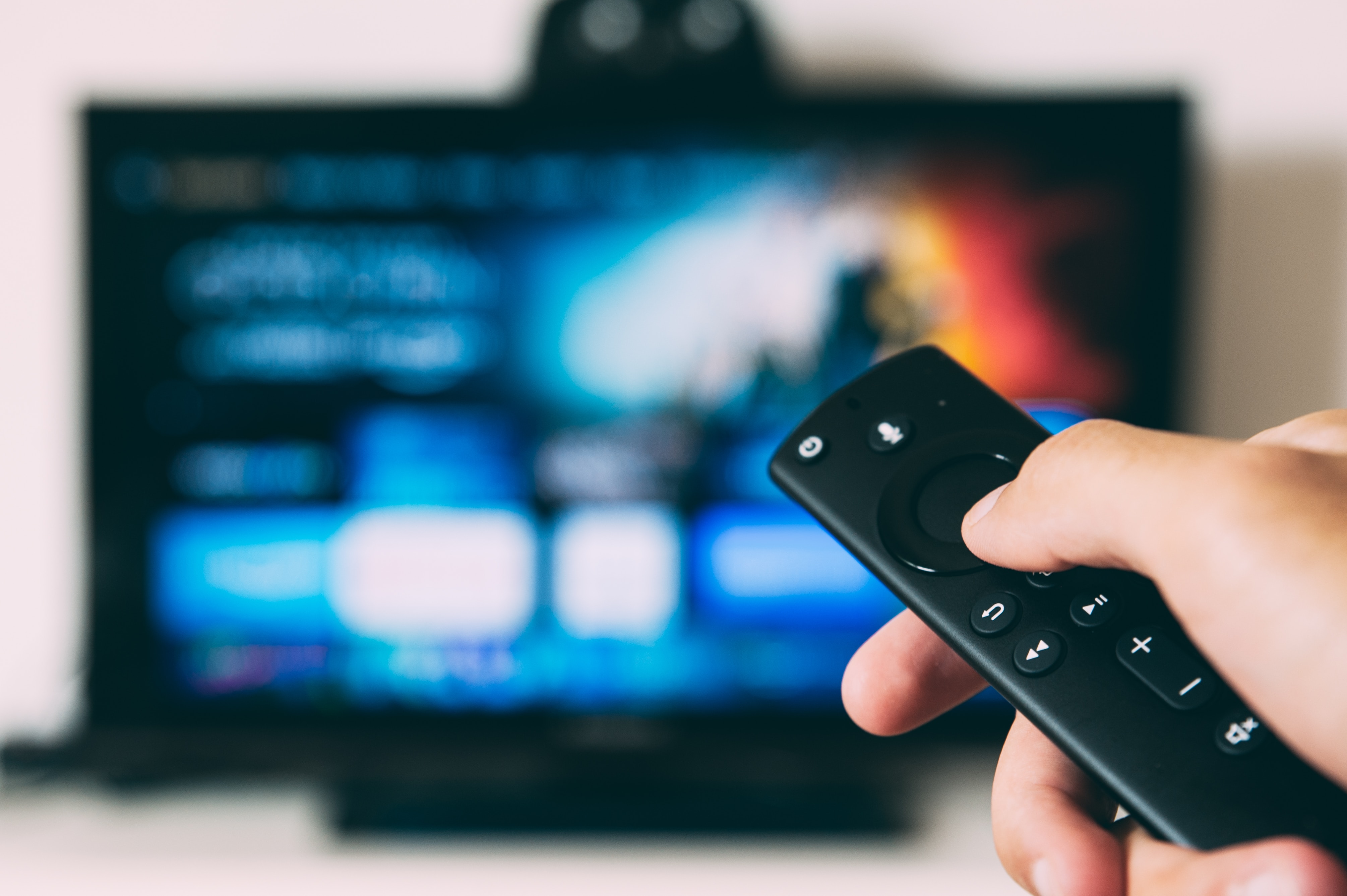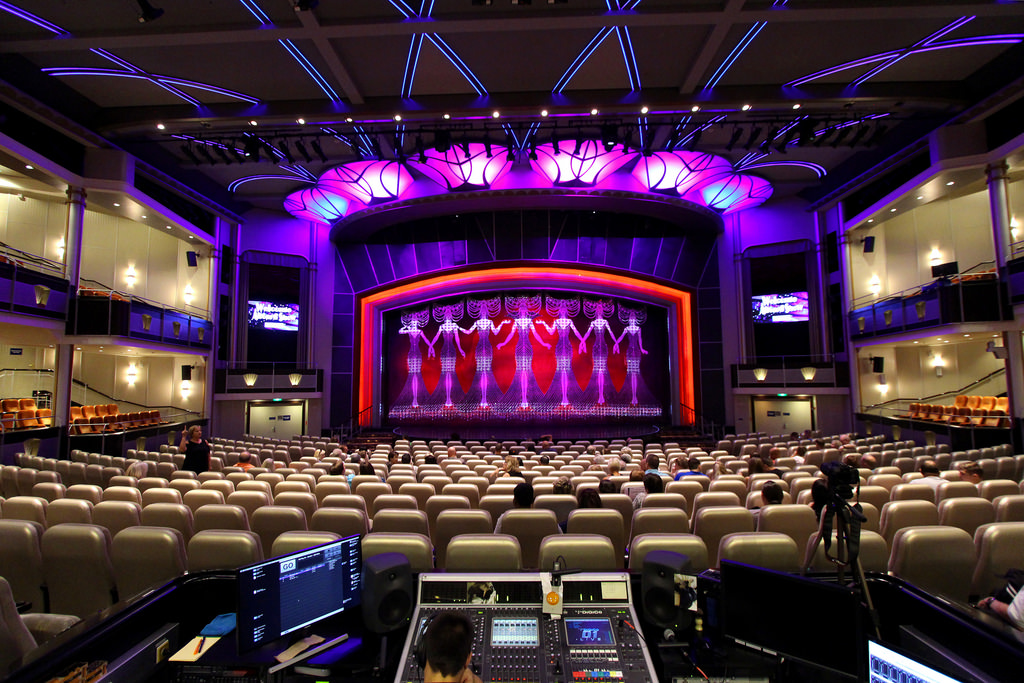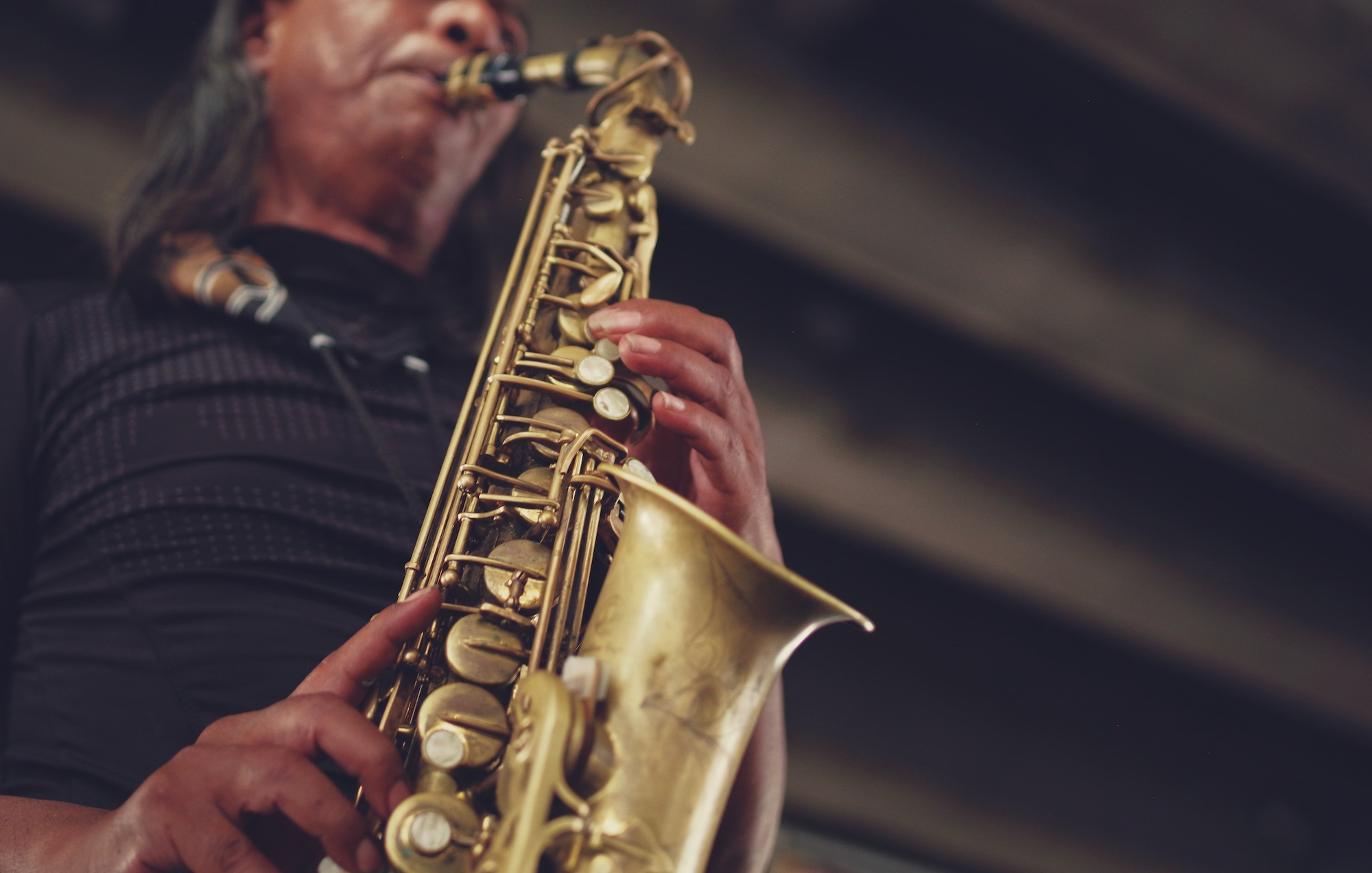Cable is Dead, Long Live (Streaming) Cable
It’s no secret that cable is on its way out. Ever since Netflix’s sparked an explosion of public interest in streaming entertainment with its 2013 series hit House of Cards, traditional channels of access — cable, satellite, dish — have been rendered all but obsolete.
According to reports published by Leichtman Research Group, a firm that centers its research and analysis in the media and entertainment sectors, the six most popular cable companies lost a whopping 910,000 video subscribers in 2018. Satellite TV and DirectTV services fared even worse — analysts estimated that the former lost around 2,360,000 subscribers and the latter 1,236,000 that same year. The sharp decline isn’t new, either; LRG researchers believe that the user base for traditional services has sunk by nearly ten million since the first quarter of 2012.
Streaming is slowly outmoding cable — except, of course, in cases where cable has managed to latch onto streaming itself. Interestingly, cable’s primary source of subscription growth has been via virtual MVPDs (vMVPDs), or services that offer a bundle of television channels through the internet without providing traditional data transport infrastructure. LRG analysts estimate that roughly four million subscribers have signed on for vMPVD services such as PlayStation Vue, YouTube TV, and Hulu Live. But these services seem more like a speedbump on cable’s decline than an actual stop, a gateway service to help longtime cable enthusiasts transition into a streaming norm.
Streaming entertainment is the new normal, and any millennial could build a compelling case for why the change is a good one. After all, why would you pay for expensive cable bundles and struggle with limited viewing schedules when you can see your favorite shows and movies on Netflix or Hulu for less than $15 per month? Streaming offers original content at a reasonable price point and — unlike cable — is accessible from wherever an internet connection is available. It’s so popular that new streaming services have begun popping up like weeds. Apple TV+ goes online on November 1st, Disney+ opens for registration in November, and NBC’s Peacock is set to go live sometime in 2020.
Cable is dying. But will streaming, the reason behind cable’s slow extinction, one day face the same decline?
Cable is Dead, Long Live (Streaming) Cable
As it turns out, the streaming coup we see today may be just another remix of the same old industry song.
Consider the now-giant HBO’s humble roots as an example. The service was arguably the first network to offer premium cable and ask viewers to pay a subscription fee — and it launched its experiment in the town of Wilkes-Barre Pennsylvania shortly after Hurricane Agnes hit the area in 1972. The initiative had a rocky start, reportedly losing nearly $9,000 per month as it struggled to lay cable and pay for a microwave link to transmit entertainment offerings from New York City. But the project ultimately paid off in spades, heralding a new era for paid cable television.
Cable television was new, convenient, and engaging. Its subscribers could view new and exciting content that wasn’t limited by the profanity and nudity guidelines imposed on basic cable programs. Eventually, cable providers began offering bundles to aggregate channels and make accessing paid content easy, convenient, and affordable.
Sound familiar yet?
Today, streaming entertainment services offer the same convenience, aggregation, and affordability that characterized cable — but better. Importantly, they also provide channel subscriptions a la carte, a move which cable companies tended to avoid out of concern that it would negatively impact subscription numbers.
When giants such as Netflix, Hulu, and Amazon Prime claimed dominance over the market, streaming seemed like the answer to all of cable subscribers’ problems. However, as more niche entertainment stream providers enter the field, we appear to be falling back into cable’s old woes.
Today, viewers have over 300 streaming video services to choose from, each with their own subscription price. Many host original content, knowing that high-quality and exclusive offerings attract subscribers. According to one recent study from Deloitte, 57% of paid streaming users — and 71% of millennial users — report subscribing to access original content. However, users’ willingness to pay for content has its limits. As Deloitte’s researchers put the matter: “nearly one-half (47 percent) are frustrated by the growing number of subscriptions and services they need to piece together to watch what they want. Forty-eight percent say it’s harder to find the content they want to watch when it is spread across multiple services.”
Consumers don’t want to make a patchwork out of their streaming services to get the content they want. The fragmentation and consumer difficulty we face now is likely to intensify, given the sheer number of high-profile streaming platforms set to launch soon. As a result, talk of using bundling as a solution to subscriber frustrations has returned; according to IndieWire, WarnerMedia is reportedly aiming to launch a streaming platform that would bundle HBO, Cinemax, and some Warner Bros. content into one service. It would have a higher price point, too — $16-$17 per month. It seems only fair to expect prices to creep up further as other, competing bundles undergo discussion.
Digital streaming is, without question, more convenient and better-suited to audience needs for affordable original content than paid cable. Streaming’s coup is a well-deserved one. However, it seems naive to think that the problems consumers complained of with cable — higher prices, annoying bundles — won’t appear as time goes on.
Cable is dead. Long live (streaming) cable.


